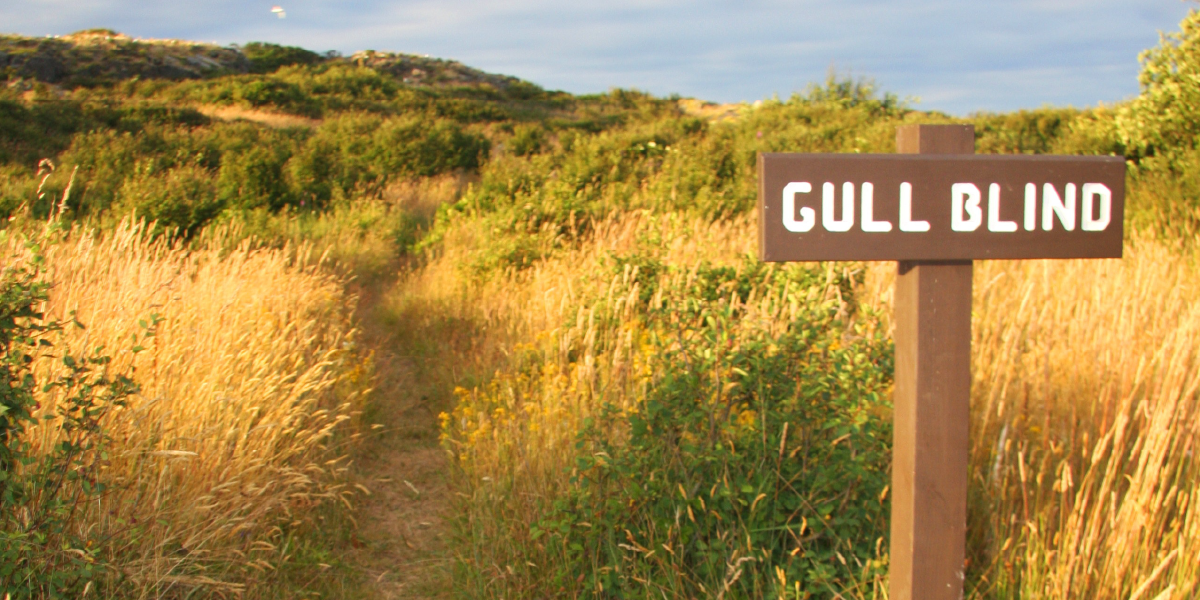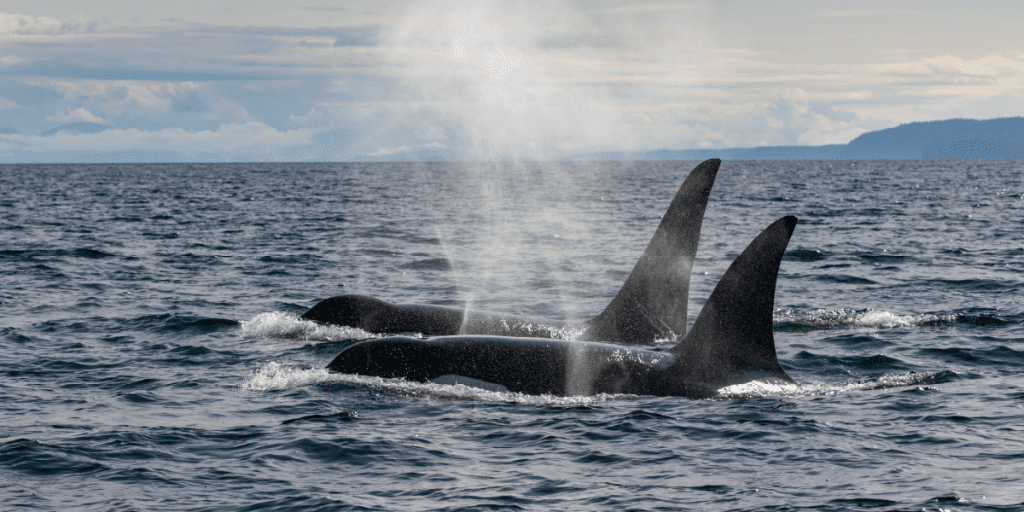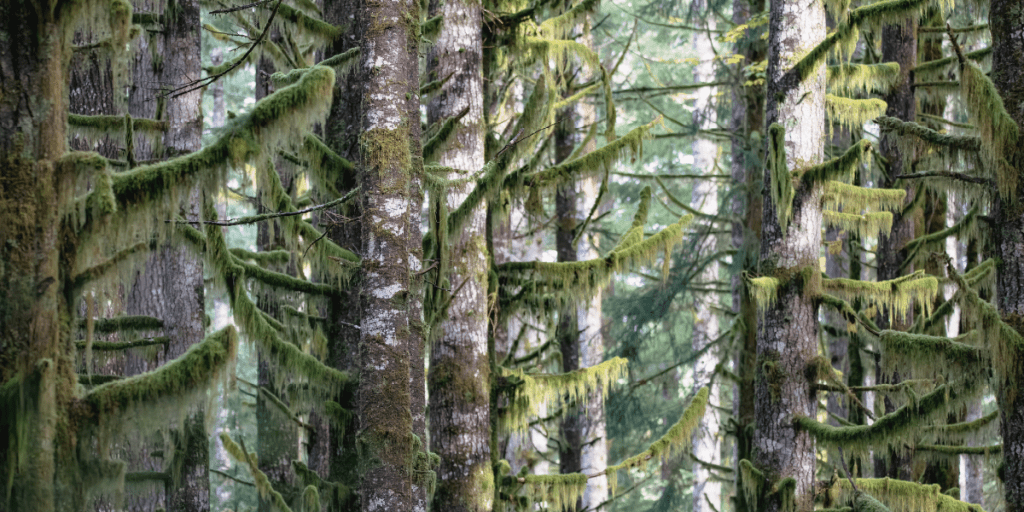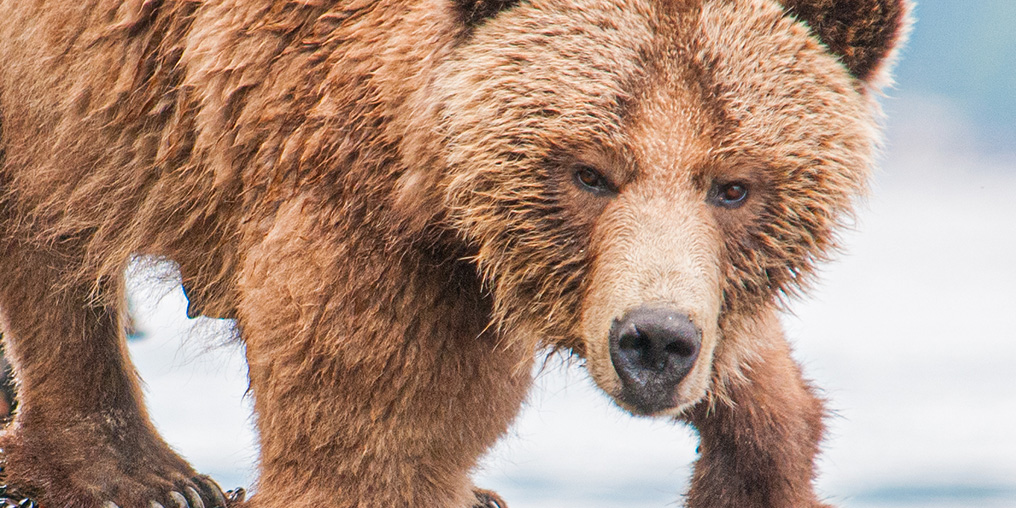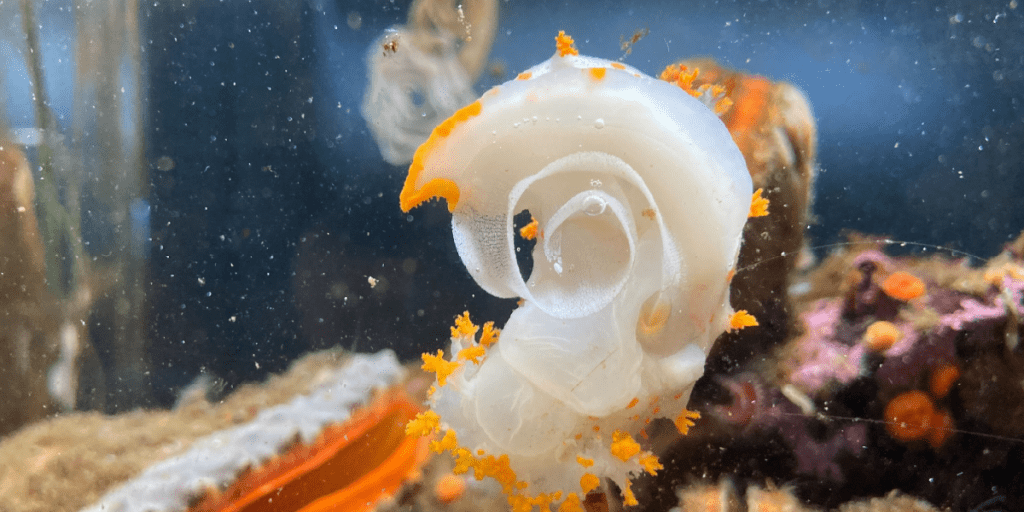The ocean is full of creatures. Humpback whales, orcas, barking sea lions, playful dolphins, and curious seals circle Mitlenatch Island, giving rhythm to the day for BC Park’s volunteers. Although they scan the water in search of breaches, blowholes, and boats, they are here for the birds.
This small island in the Strathcona region is within the territory of the Coast Salish and Kwakwakəẃakw peoples and is a hotspot for birds, hosting the largest seabird colony in the northern Strait of Georgia. Thousands of glaucous-winged gulls call the island home, as well as pelagic and double-crested cormorants, pigeon guillemots, black oystercatchers, and many others. The island is mostly basaltic rock, forming two prominent hills that make great nesting grounds, plus the waterfront for shoreline birds.
Mitlenatch was and continues to be used by Indigenous peoples for foraging and gathering, including egg collecting, camas harvesting, and fishing. In 1961 it was designated as a Provincial Nature Park. The island now hosts the Mitlenatch Island Stewardship Team, whose conservationist volunteers take turns stewarding on a weekly rotation.
Today, my husband and I—far removed from our daily routine of computers and cellphones—find our rhythm. It’s our third day on Mitlenatch Island and we’ve already spotted an orca while chatting with a pair of early park visitors during our breakfast. As greeting visitors to Mitlenatch is one of our key jobs, we walk the trails, check the beaches, and continuously meet boaters. We want to make sure everyone feels welcome and they are aware of, and follow, the island’s visitor guidelines—and experience the island without disturbing the park’s features.
While patrolling, we collect garbage that floats ashore. At 8 a.m. we call our answering service. Mitlenatch is a remote island in the middle of the Strait of Georgia, and safety checks are critical to ensure everyone knows we’re okay. Each volunteer comes to the island with a project, some more complex than others but all important. Today, we’re removing invasive blackberry from the meadow with help from our son. On others, we might conduct an intertidal zone survey, trim walking trails, count birds for the e-Bird international database (seabird nesting records date back to 1896), or clean outhouses. And if we see a whale, dolphin, or turtle, we report it through the BC Cetacean Sightings Network. In this way, Mitlenatch Island is plugged into many conservation efforts and databases.
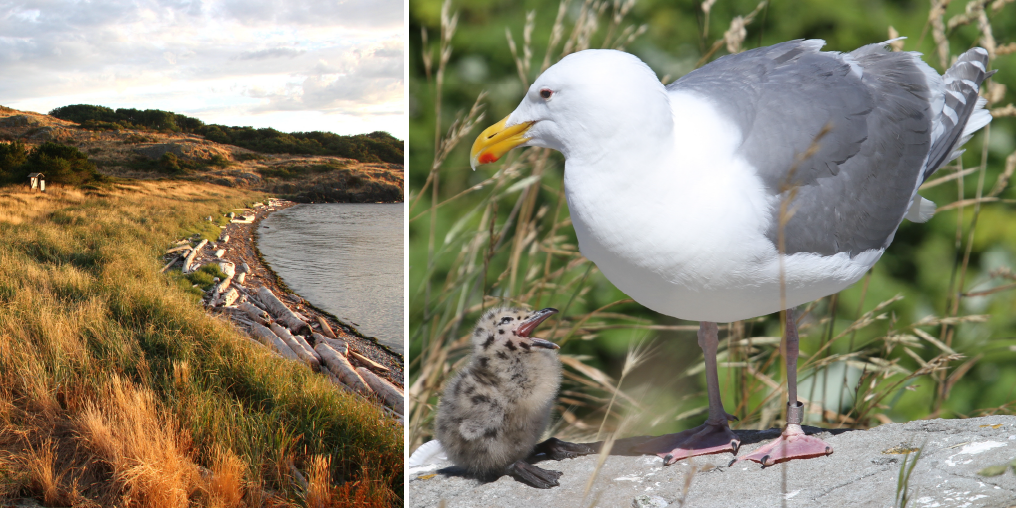
There’s more than birds on the island. Visitors may spot harmless Western terrestrial garter snakes, some of the largest garter snakes in BC. Once, we saw a snake slowly devour a mouse. Nature is abundant and cyclical here.
We hear more visitors arriving in the bay at lunch. We can spend anywhere from five minutes to an hour with them, sharing important information (no pets, no camping, stay off the rocks above high tide, keep to the trails—all to protect the birds and sensitive ecosystem) or giving a tour and pointing out special features such as the glacial erratics dragged by ice from the last ice age.
Our afternoons include more project work, like daily journal updates, conducting a beached bird survey, or tracking development over time from a sample of 25 different plants. Late afternoon, we typically break and read a book from the volunteer library, sit on the rocky beach and watch seals swim by, play cards, or observe birds from the bird blind. It can be hard, dedicated work during the day, but these peaceful moments put our efforts into perspective. Without such efforts, this natural holdout could be at serious risk from visitor impact.
After dinner, we continue looking for visitors. The grass-lined trails are purposely thin to minimize ground impact, which makes me feel like I am part of the island as I walk. When the sun sets, the grasses in the meadow turn golden and the light illuminates the hill where the gulls nest. In these moments, I imagine the birds love their home.
Learn more about the island and its natural residents here: www.mitlenatch.ca or www.bcparks.ca.
While people can visit the island, the island is near capacity for annual visitation. It’s important that any visitors do so respectfully by following BC parks directions to minimize their impact on the sensitive ecosystem. If you decide to visit Mitlenatch, read and follow the “know before you go” information found here: www.mitlenatch.ca/know-before-you-go.
One of the best ways to see Mitlenatch Island, the birds, and the wildlife is from the water. There are many wildlife boat tours out of Campbell River. You can find information here: www.campbellriver.travel/outdoors/wildlife.

